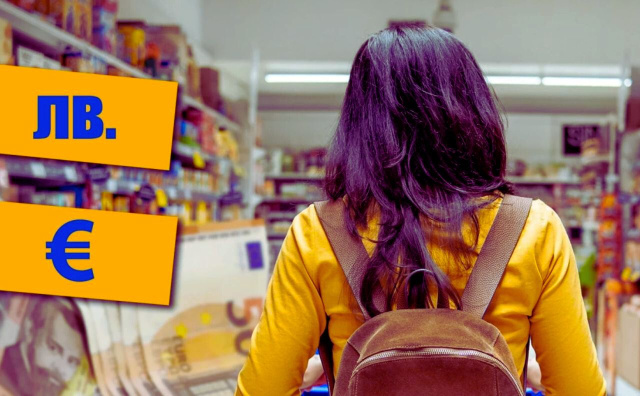
SOFIA, June 5, 2025 — Retail outlets across Bulgaria will be required to display product prices in both Bulgarian leva and euros starting August 8, as the country prepares for its anticipated entry into the eurozone.
The move, announced by Nikolay Valkanov, Executive Director of the Association for Modern Trade, is aimed at easing consumers into the transition to the common European currency.
The dual pricing measure will be mandatory for all retailers, who must show both the leva and euro amounts side by side using the same font size and style. This regulation will remain in effect until the end of 2026, giving consumers nearly two years to adjust to the new system.
“Our goal is to make the transition to the euro as transparent and smooth as possible for Bulgarian consumers,” said Valkanov. “But we’ve already seen that the system can create confusion, especially among older shoppers who often interpret the euro price as a special offer or discount.”
The announcement comes as Bulgaria awaits a final decision on its eurozone admission, expected to be made by July 8. If approved, Bulgaria could become the 21st member of the euro area, joining countries like Croatia, which adopted the euro in January 2023.
Once euro banknotes and coins are officially introduced into circulation—likely in early 2026—change will be given in euros. However, if a shop temporarily runs out of euro currency during the initial stages, it will be allowed to give change in leva.
The Bulgarian National Bank and local commercial banks are expected to begin supplying euro cash to businesses as early as December this year to prepare for the transition.
While the new pricing rule applies broadly across retail, there are some exceptions. Fuel stations and vending machines, due to technical limitations, are not required to show both prices on the display screen. However, they must still find alternative means—such as signage or printed notices—to inform customers of the euro equivalent.
Despite these efforts, some merchants have raised concerns about the logistics of implementing the dual pricing system, particularly in smaller stores and rural areas. Nevertheless, compliance is compulsory, and regulatory authorities are expected to conduct inspections to ensure adherence.
The government has pledged to launch a nationwide public awareness campaign later this summer, aiming to educate citizens about the conversion rate and to clarify that the euro price does not indicate a promotional offer.
For most Bulgarians, the official conversion rate of 1 euro = 1.95583 leva will serve as a reference point. This fixed rate, established under Bulgaria’s currency board arrangement with the EU, is not expected to change upon entry into the eurozone.
As Bulgaria edges closer to euro adoption, authorities stress that early and clear communication is key. “It’s not just a change of currency—it’s a change in how people perceive value,” said Valkanov. “We must ensure that no one is left behind in this process.”
